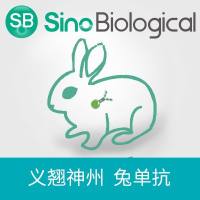The interaction of cell-type-specific or inducible transcription factors with regulatory DNA sequences in gene promoters or enhancers is a pivotal step in genetic reprograming during cell proliferation and differentiation and in response to extracellular stimuli. The study of these interactions and the characterization of the factors involved are, therefore, a critical aspect of gene control. Transcription factor-DNA interactions in eukaryotes have been demonstrated by a wide variety of biochemical approaches, including deoxyribonuclease I (DNase I) and chemical nuclease footprinting (1 –3 ) (Chapter 3 ), methylation protection (4 ) (Chapter 14 ), electrophoretic mobility-shift (5 ,6 ) (Chapter 2 ), and Southwestern (SW) assays (7 ) (Chapter 17 ). Despite their broad applicability, these techniques provide only partial information about the DNA-protein system under investigation. The first three techniques identify either the site(s) of transcription factor binding within the DNA (size and location of nucleotide stretches or atoms on individual bases) or the complexity of the binding pattern (stoichiometry), but do not yield information about the protein(s) involved. On the other hand, the SW assay reveals the relative molecular mass of renaturable (on a membrane support) active species in heterogeneous protein mixtures facilitating their identification, but fails to localize the exact target element within the probing DNA sequence.






